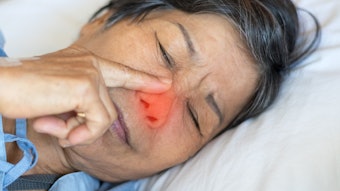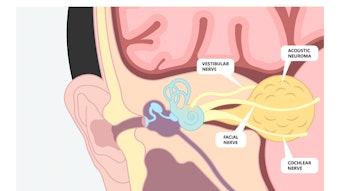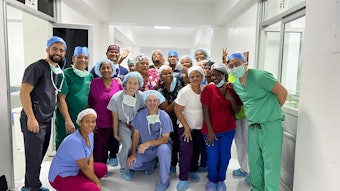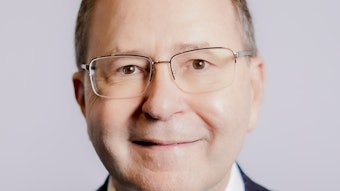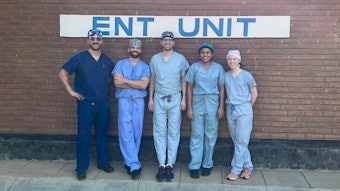Pearls from Your Peers: Laryngeal Procedures
Paul C. Bryson, MD, MBA, interviews William S. Tierney, MD, MS, MS, about laryngeal procedures.
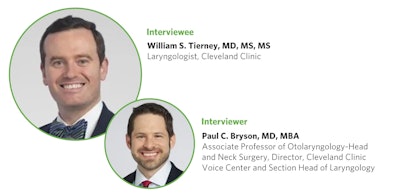
What are some of the common conditions that lend themselves to awake, bedside, or office-based laryngology procedures? What are the most common procedures you perform? Are these done in the office, in a procedural suite, or at bedside in the hospital?
A number of laryngeal conditions can be treated with office interventions. Our research actually shows that most of the time laryngeal procedures in the office have lower risk than treatment in the OR (in procedures that can be conducted in either setting). Common procedures I perform are vocal fold augmentation injections for vocal fold paralysis or weakness, superior laryngeal nerve blocks for chronic cough, intralesional steroid injection for airway stenosis, and laser ablation of early laryngeal cancers and lesions. I perform most of my procedures in the office in either an exam room or procedure suite without sedation.
What are some of the benefits to patients and to the surgeons who are able to perform these procedures?
In procedures that could be conducted in either the OR or the office, I almost always recommend an awake office procedure. This is mostly because of our published research on relative risks of the two settings showing that the office is safer on average than the same procedures under general anesthesia. Of course, specific patient needs have to be considered, and sometimes the OR is a better choice, but the office is usually my preference. I would also include the speed of these procedures (usually under an hour instead of the half day it takes to get through even a quick surgery), the fast recovery time, and the real-time feedback from the patient on the results of the procedure as the reasons I preferentially perform many procedures in the office.
To someone starting their practice, what are some of the key equipment, materials, relationships, and personnel that are needed?
The biggest thing you need to perform any of these procedures is experience. People who have not had experience with augmentation injections should seek out experience prior to completing them because there are certainly risks and pitfalls that one learns to avoid through repetition. The materials I use for most procedures are a distal tipped flexible or high-resolution rigid endoscope, local anesthetics with atomizers and injection options, laryngeal injectors for augmentation, and laser equipment with channeled scopes for any laser procedures. I always work with a nurse, trainee, or speech and language pathologists (and often a combination of the prior) to make sure that we have extra hands if we need them during a given procedure and so that someone can get help or materials if something unexpected happens.
What are some of the pearls or advice you would give to surgeons new to these procedures? Any lessons learned?
Your bedside manner becomes extremely important in procedural interventions because the patient needs to feel comfortable with you instrumenting their aerodigestive tract under only local anesthesia. My secret weapon in all these procedures is a calm demeanor—take the time you need and ignore the other things on your plate for at least the time you need to get through the procedure. I'd also say that setting yourself up for success with adequate topical anesthesia is the most important part of any procedure because once patients begin having discomfort, either pain or an evoked gag response, they usually continue to worsen. If you can avoid these symptoms altogether, they usually do well. Finally, I encourage anyone starting out with bedside procedures to ask senior colleagues for help and advice with specific issues. You can shave off some of the growing pains by asking the right people and thoughtfully evaluating your strengths and targeting your weaknesses. Good luck!












